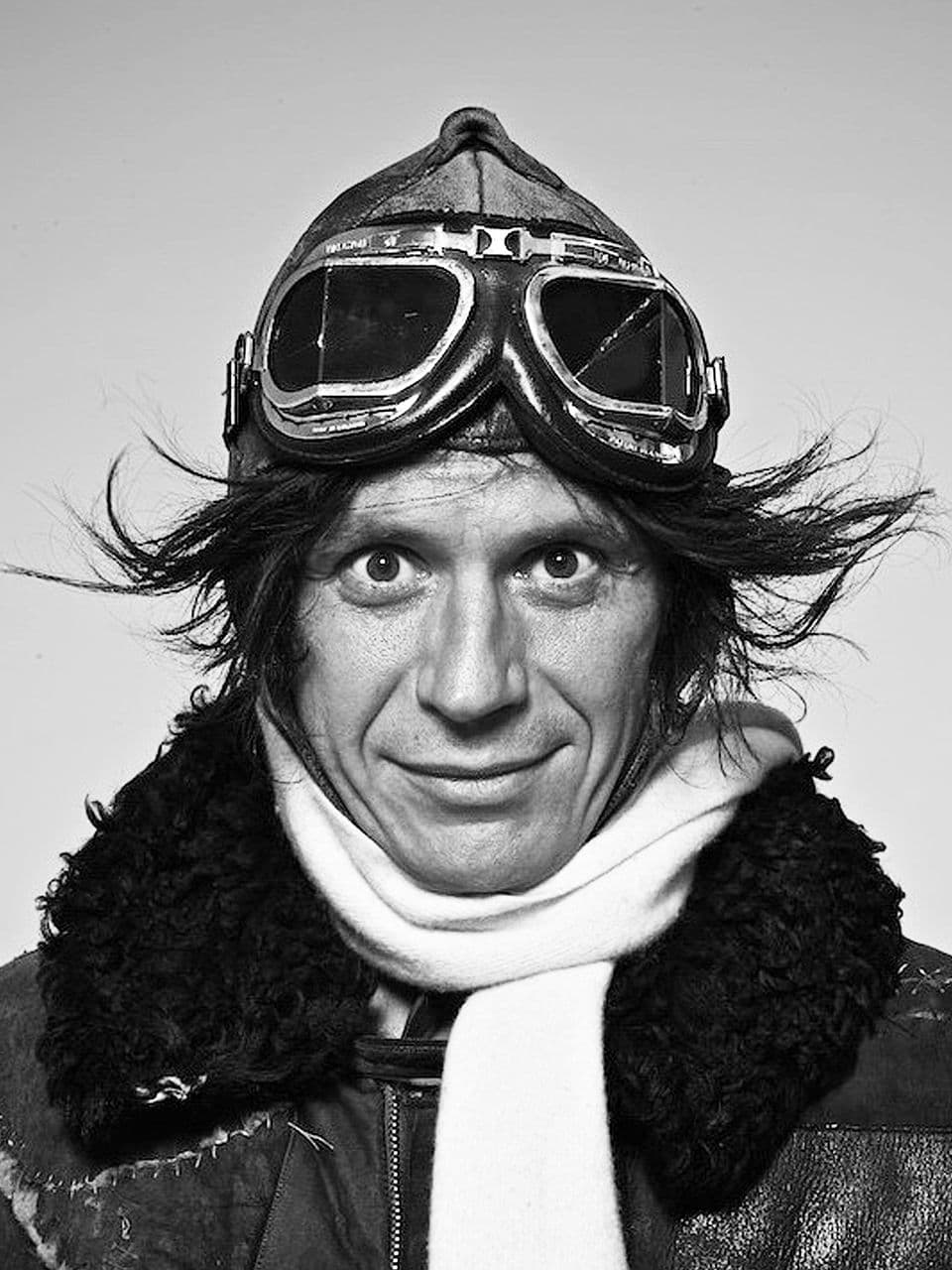Černý David
The art of David Černý (*1967) depicts the cityscape of Prague like no other artist of his time. His sculptures never cease to be spectacular attractions and are sure to be a talking point. In 2023, a Černý Museum opened in Prague, which illustrates his career from art punk to world star. His art is considered political, critical, provocative, controversial but nevertheless humorous. David Černý is represented at Bad Ragartz by the sculpture "Quo Vadis", among others. The historical background to the work is the exodus of East Germans to Prague in autumn 1989, which contributed significantly to the fall of the Iron Curtain. David Černý was 23 years old in 1990. The young artist's life and work were suppressed by the ruling system at the time. David Černý was impressed by the political developments. As a Czech, he knows the origin of the word robot: in 1920, Karel Čapek described artificial workers as robots. Since then, the concept of machines with a human face has often been artistically reworked. Černý took the opportunity to access cheap material, as the East Germans left their vehicles everywhere in Prague. They only had one goal in mind: to jump over the fence of the West German embassy. Černý took a Trabant and put it on four legs, mounted large testicles underneath and sprayed the sculpture with gold bronze. He put the name of the artwork, "Quo Vadis", on the number plate. He even gave the vehicle a "Corps Diplomatique" sticker.
On the night of 1 July 1990, the day of German monetary union, "Quo Vadis" was erected without permission on Prague's market square. The regime-stricken passers-by were utterly fascinated. Countless photos of "Quo Vadis" travelled around the world - at a time when there were no iPhones!
Quote
«If David Černý didn't exist in real life, we would have had to invent him!»
Václav Havel - Author & Former President of the Czech Republic
